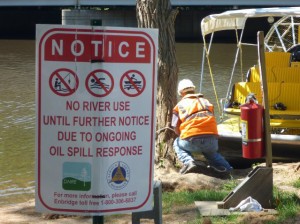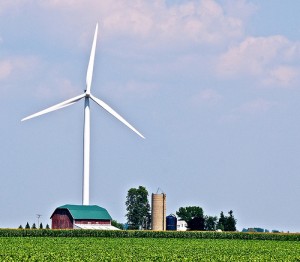True leaders needed to make new Michigan Dream a reality
John Austin and the Michigan Economic Center at Prima Civitas (a new and exciting player in Lansing policy discussions that we jokingly refer to around here as the “other MEC”) recently launched the new “Michigan Dream At Risk” project that’s worth a look. In short, it showcases in images, words and numbers the uncomfortable but unsurprising reality of Michigan’s perpetually beleaguered economy.
Using Michigan’s historic and current state and local budget allocations as proxies for priorities, the Michigan Dream at Risk project’s narrative and four-minute video intro highlight our shared shame—potholed roads and shuttered storefronts, struggling families and failing schools—and prescribe a healthy dose of investment in a few critical areas: education, infrastructure and community services, a clean environment, etc.
Coupled with the new “State Policies Matter” report and accompanying “Tale of Two States” blog series from the team at Michigan Future, Inc., a clear case is made for increasing investment in public goods, rather than cutting our way to prosperity.
The problem is that Michigan voters rarely face that kind of clear-cut choice, and our elected leaders seem unwilling to raise revenue themselves. Instead, we get convoluted ballot initiatives like Proposal 1, in which funding is provided for our communities but only if businesses get (more) tax breaks and the actual revenue burden gets shifted (again) into an unknown future. Or for an even more frustrating example, look at the failure of transportation funding initiatives; despite polling with broad support, the issue of raising the basic revenues needed to fix our existing roads gets tied up in knots in the Legislature and goes nowhere – not even to the ballot. The roads stay the same: bad.
Anyone who watches the news—here or anywhere in the country—knows some version of Michigan’s economic and social struggles. Our decades-long fall from grace is a narrative with easy and all-too memorable icons: Big 3 bailouts, bankrupt Detroit, etc., etc.
But Michigan residents are ready to move out of the past. And we need to put some new icons on the map to do it. Read more










